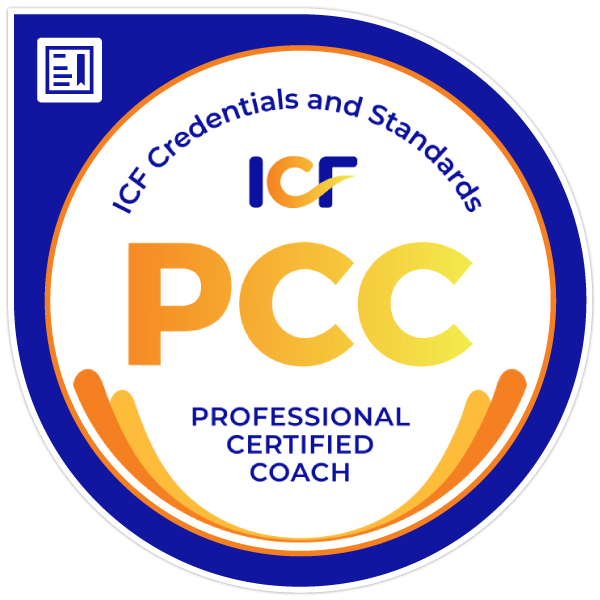Navigating HR with Dyslexia: A Personal Journey
- Kirsty Heap
The time came when I felt comfortable and ready to disclose my dyslexia, and I did this by simply adding "proudly dyslexic" to my email signature.

When I embarked on a career in HR, which was driven by a passion for connecting with people, little did I know that my journey would be shaped by my own neurodivergent condition. I navigated my way through various stages of my HR career, initially concealing my dyslexia due to fear of judgement. However, as I progressed, I discovered the power of embracing it and advocating for positive change within organisations.
In the early years of my career, I carried the misconception that my dyslexia would cap my career progression. It wasn’t until I realised that the only thing limiting me was my own self-judgement that I was able to change the narrative. My dyslexia transformed from a perceived hindrance to a driving force for promoting Equality, Diversity, and Inclusion (EDI) within the workplace.
The fear of judgement led me to conceal my dyslexia until I reached a senior management position. Disclosing it brought mixed reactions, including some hurtful remarks. Working in the education industry, I experienced the frustrations of dyslexia firsthand. Despite the challenges, my problem-solving skills became a cornerstone; I strategically hired staff to support the areas I struggled with and implemented a three-day document-sharing rule in meetings, resulting in reduced stress and increasing overall productivity. The absence of AI software led to me utilise my problem-solving skills in different ways.
The time came when I felt comfortable and ready to disclose my dyslexia, and I did this by simply adding “proudly dyslexic” to my email signature. This initiated a positive ripple effect, encouraging open conversations about neurodiversity, and natural curiosity, by others. This experience fueled my commitment to fostering a workplace culture that celebrates differences.
I learned the power of disclosure and being able to self advocate. I even learnt to use the negative reactions as opportunities for education. Advocating for supportive measures within companies became crucial in creating an inclusive environment for individuals with dyslexia or other neurodiverse conditions.
So I wanted to share with a few tips for creating a supportive environment:
- Conduct awareness sessions to reduce stigma and show support.
- Review the terminology used on application forms to promote positive self-disclosure.
- Implement flexible work arrangements to optimise productivity.
- Establish neurodivergent forums for staff to connect, share ideas, and discuss support strategies.
To conclude, my journey in HR as a dyslexic individual has been challenging at times, but it has taught me valuable lessons about self-discovery and organisational perspectives on neurodiversity. Embracing neurodiversity has enriched my experiences, allowing me to advocate for positive change within organisations. By implementing supportive measures and fostering a culture of inclusivity, companies can harness the unique strengths of neurodiverse individuals, creating a workplace that values diversity in all its forms. Together, we can build a more inclusive future.
If you’re interested in fostering a more inclusive workplace and embracing neurodiversity, feel free to reach out to me here or drop me an email at hello@kirstyheap.com


